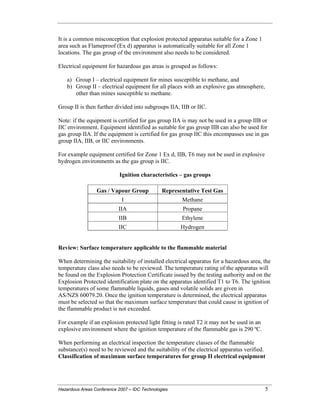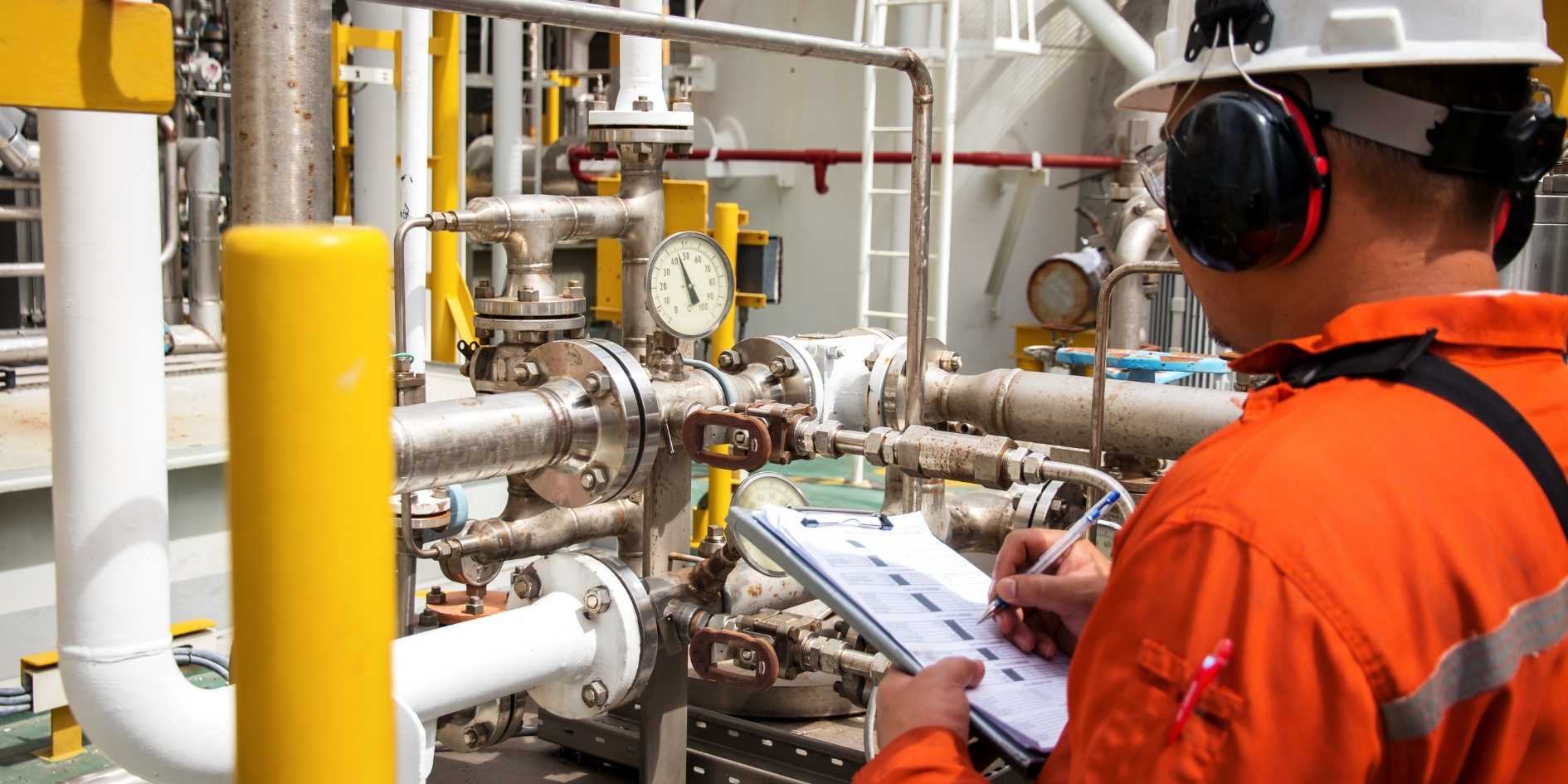An Unbiased View of Roar Solutions
An Unbiased View of Roar Solutions
Blog Article
Not known Details About Roar Solutions
Table of ContentsMore About Roar SolutionsOur Roar Solutions PDFsLittle Known Questions About Roar Solutions.
In order to shield installations from a prospective explosion an approach of analysing and categorizing a possibly hazardous area is called for. The purpose of this is to make certain the correct option and installation of equipment to eventually stop a surge and to ensure security of life.
(https://disqus.com/by/roarsolutions1/about/)
No tools ought to be set up where the surface area temperature of the devices is higher than the ignition temperature of the given danger. Below are some usual dust dangerous and their minimal ignition temperature level. Coal Dirt 380C 225C Polythene 420C (melts) Methyl Cellulose 420C 320C Starch 460C 435C Flour 490C 340C Sugar 490C 460C Grain Dirt 510C 300C Phenolic Material 530C > 450C Aluminium 590C > 450C PVC 700C > 450C Residue 810C 570C The likelihood of the risk being existing in a focus high adequate to create an ignition will differ from place to area.
In order to classify this risk a setup is separated right into locations of threat relying on the amount of time the hazardous exists. These areas are referred to as Zones. For gases and vapours and dusts and fibres there are three zones. Zone 0 Zone 20 A dangerous environment is extremely most likely to be existing and may be present for extended periods of time (> 1000 hours annually) or even constantly Area 1 Zone 21 A dangerous environment is possible but unlikely to be existing for extended periods of time (> 10 450 C [842 F] A category of T6 indicates the minimal ignition temperature is > 85 C [185 F] Harmful area electrical equipment possibly made for use in greater ambient temperatures. This would indicated on the rating plate e.g. EExe II C T3 Ta + 60C( This suggests at 60C ambient T3 will certainly not be surpassed) T1 T1, T2, T3, T4, T5, T6 T2 T2, T3, T4, T5, T6 T3 T3, T4, T5, T6 T4 T4, T5, T6 T5 T5, T6 T6 T6 A T Class rating of T1 suggests the optimum surface temperature produced by the instrument at 40 C is 450 C. Thinking the connected T Class and Temperature ranking for the tools are proper for the area, you can always make use of a tool with a much more stringent Department score than required for the location. There isn't a clear solution to this concern. It really does rely on the type of equipment and what fixings require to be executed. Tools with certain test treatments that can't be executed in the area in order to achieve/maintain third event score. Need to return to the manufacturing facility if it is prior to the equipment's service. Area Fixing By Authorised Worker: Complicated screening may not be needed however details procedures might need to be complied with in order for the tools to preserve its 3rd party score. Authorized workers have to be utilized to execute the work properly Fixing should be a like for like substitute. New part must be taken into consideration as a direct replacement needing no unique screening of the equipment after the repair service is full. Each item of tools with a harmful ranking should be examined individually. These are outlined at a high level below, however, for even more in-depth information, please refer directly to the standards.
6 Simple Techniques For Roar Solutions
The devices register is a detailed database of equipment documents that consists of a minimum set of areas to identify each item's place, technological criteria, Ex category, age, and ecological data. The proportion of Detailed to Close evaluations will be determined by the Tools Risk, which is assessed based on ignition threat (the possibility of a source of ignition versus the probability of a flammable ambience )and the unsafe location category
( Zone 0, 1, or 2). Executing a durable Risk-Based Examination( RBI )approach is vital for making certain compliance and safety and security in taking care of Electric Devices in Hazardous Locations( EEHA).
How Roar Solutions can Save You Time, Stress, and Money.

In terms of explosive threat, an unsafe area is a setting in which an explosive ambience exists (or may be anticipated to be present) in quantities that need unique preventative measures for the building, installment and usage of equipment. electrical refresher course. In this write-up we discover the obstacles faced in the office, the danger control procedures, and the called for proficiencies to work safely
It is a consequence of contemporary life that we manufacture, keep or manage a series of gases or liquids that are considered flammable, and a variety of dirts that are deemed combustible. These substances can, in particular problems, develop explosive atmospheres and these can have significant and heartbreaking repercussions. A lot of us know with this contact form the fire triangle eliminate any one of the three elements and the fire can not happen, yet what does this mean in the context of dangerous locations? When damaging this down into its most basic terms it is basically: a combination of a particular amount of release or leakage of a particular substance or material, blending with ambient oxygen, and the presence of a resource of ignition.
In a lot of circumstances, we can do little regarding the levels of oxygen airborne, however we can have substantial influence on resources of ignition, as an example electrical tools. Harmful locations are documented on the dangerous area category drawing and are recognized on-site by the triangular "EX" indication. Here, among other vital information, zones are split into 3 types relying on the threat, the probability and duration that an explosive atmosphere will certainly exist; Zone 0 or 20 is deemed the most unsafe and Area 2 or 22 is regarded the least.
Report this page